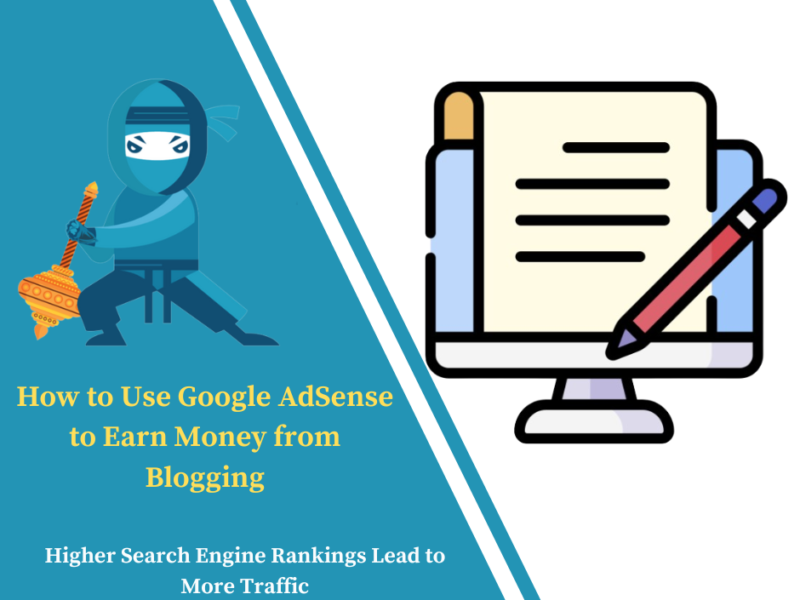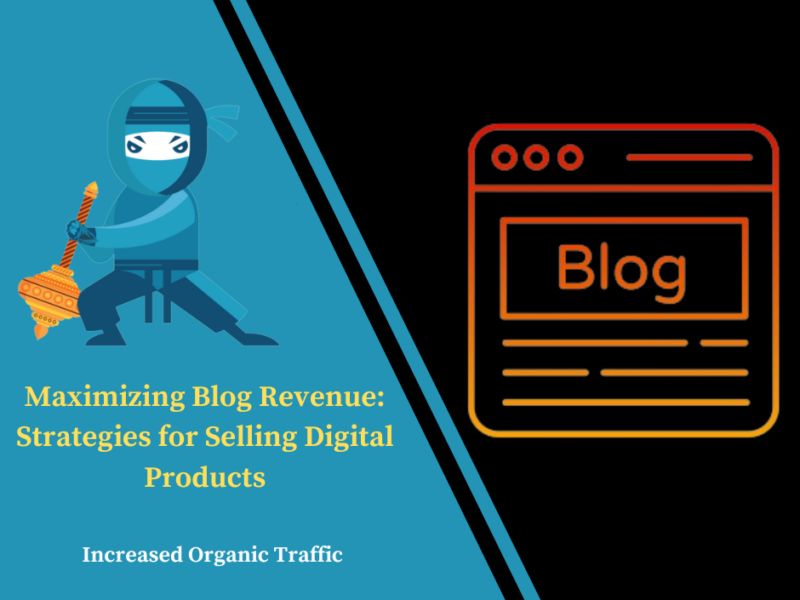
Days
Hours
Minutes
Seconds
Your Deal is Expired
|
|

Edit Content

As a leading online marketing company, always focuses on changing and improving businesses and their outcome.
Where to find us
- SN-3, First floor, ratauli road, near Town park, Bank Colony
- herry@hanuitsolutions.com
- +917082069620
Working Hours
- Mon-Sat : 9:00am - 6:00pm
- Sunday - Closed
Get In Touch
Facebook-square
Instagram
Linkedin

How to Choose the Best Web Design Company for Your Business Needs
In today’s digital landscape, having...

How Can UX and UI Design Boost My Website’s Conversion Rates?
Creating a visually appealing, user-friendly...

How to Build a Blog That Attracts Paid Sponsorships and Collaborations
Building a blog that attracts...

From Hobby to Business: How to Monetize Your Blog Effectively
In today’s digital age, blogging has transformed...

Monetize Your Blog with E-Commerce: Selling Products and Services
Blogging has become one of the most...

How to Create and Sell Online Courses Through Your Blog: A Step-by-Step Guide
In today’s digital age,...

How to Use Google AdSense to Earn Money from Blogging
Blogging can be more than just a hobby—it can become...
No posts found


